Best Spots To Catch Fish From A Jetty (And Where NOT To Fish)
- By: Joseph Simonds
- on
- Found In: Fishing Tips, Inshore Fishing, Weekly Newsletter: 10-6-19
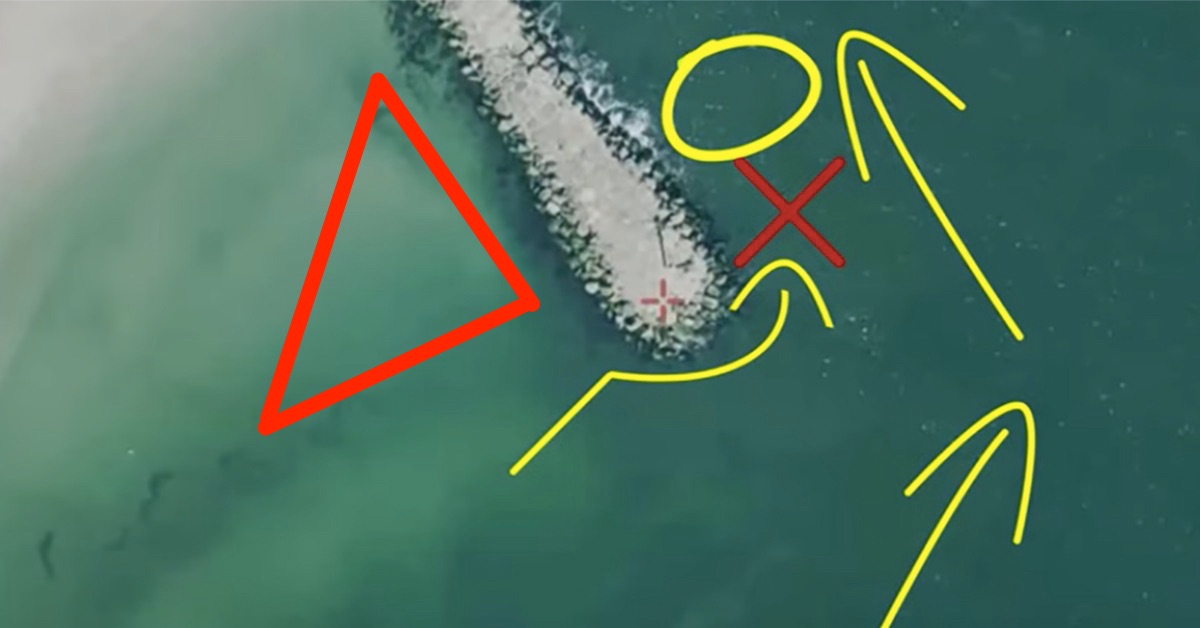
It’s jetty fishing time!
Plus, fellow Insider Rich Natoli is back by popular demand (see his “How To Fish Bridges” video here).
One of the most popular questions we get asked is, how can I catch fish from shore?
Jetties are excellent options if you’re asking that same question, and in this video, we’ll show you the best spots to catch fish from a jetty no matter where you live, or which jetty you’re fishing.
Here’s the problem: just because there’s a jetty sticking out in the water, doesn’t mean that fish are evenly spread out around it, waiting for you to throw your lure at them.
Based on the tide, structure and shape of the jetty, and the land surrounding it, certain areas around the jetty will hold more fish than others.
Want to learn how to identify those spots?
Watch the video below.
How To Fish A Jetty [VIDEO]
Related articles:
Conclusion
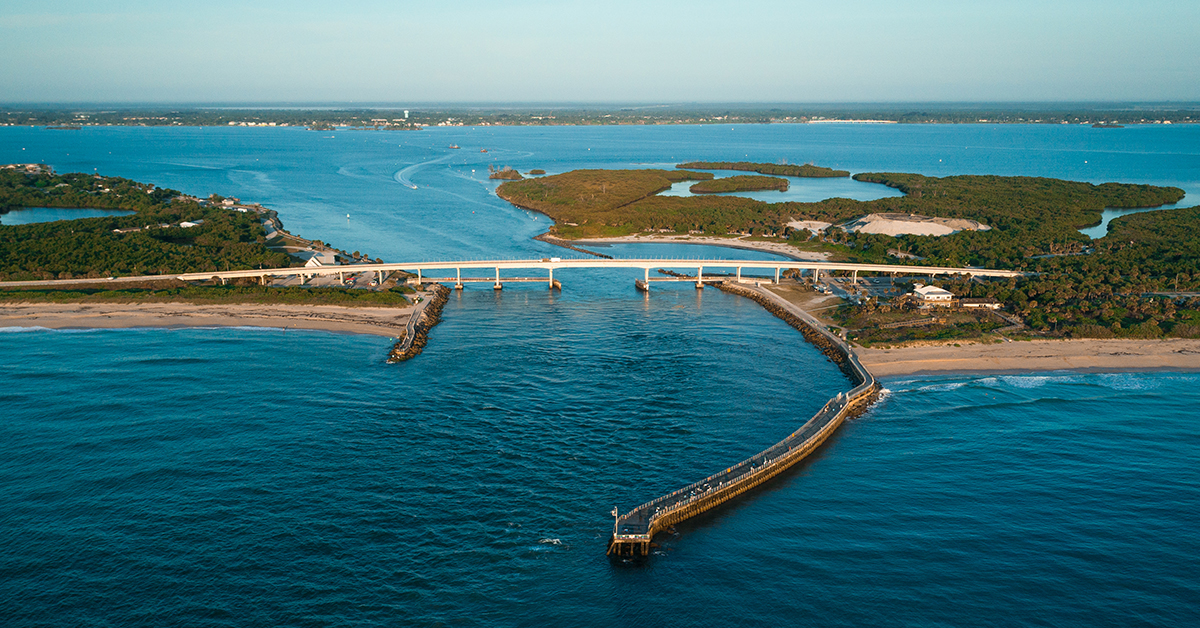
If you want to catch more fish from shore, jetties are excellent options.
There’s structure, current, and bait, which attract the predator fish you’re targeting.
And a huge thank you to Insider member, Rich Natoli for making this video for us.
If you have any questions about jetty fishing, ask us down in the comments section!
And if you want to join Rich and +8,000 other inshore anglers in the Insider Club, where you’ll get access to the best fishing spots and tips, click here!
Do You Want To Quickly Find New Fishing Spots In Your Area?
Then you’ve got to see this private fishing club!
Here’s what you’ll receive today:
- Weekly fishing reports and TRENDS revealing where the inshore fish are feeding all year long
- Weekly “spot dissection” videos that walk you through all the best spots in certain areas
- Exclusive fishing tips from the PROS you can’t find anywhere else
- Everything you need to start catching fish more consistently (regardless if you fish out of a boat, kayak, or land).
Click here to join today.
Related articles:
Related categories:
STOP WASTING TIME ON THE WATER!
Do what the “SMART ANGLERS” are doing and join the Insider Club.
Here’s what you’ll receive today when you join:
- Weekly fishing reports and TRENDS revealing exactly where you should fish every trip
- Weekly “spot dissection” videos that walk you through all the best spots in your area
- Exclusive fishing tips from the PROS you can’t find anywhere else
- Everything you need to start catching fish more consistently (regardless if you fish out of a boat, kayak, or land).



 Click here to join the Insider Club, the only saltwater fishing club that guarantees you catch more fish (or it’s free!)
Click here to join the Insider Club, the only saltwater fishing club that guarantees you catch more fish (or it’s free!)
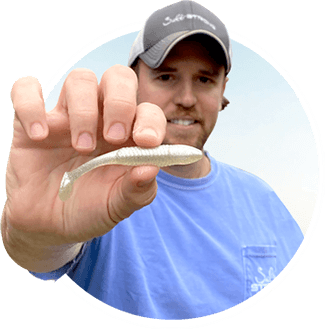
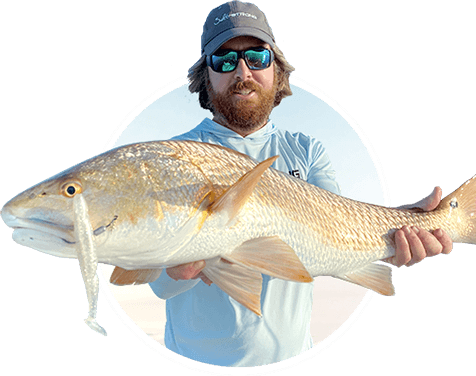
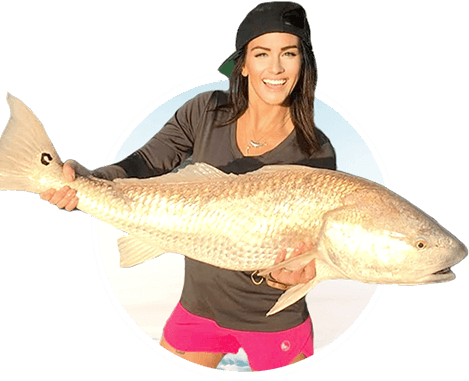
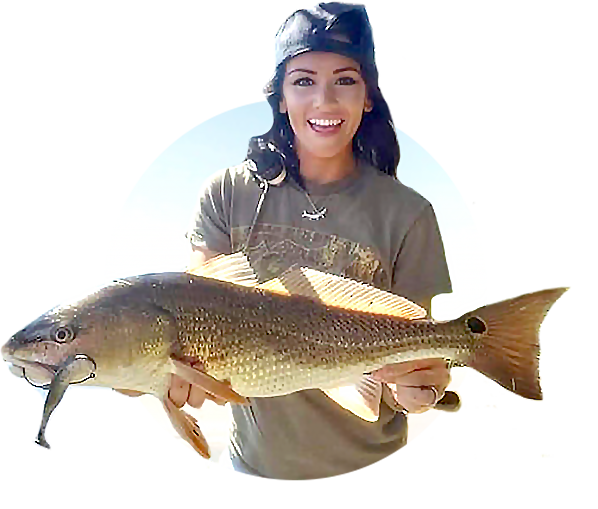
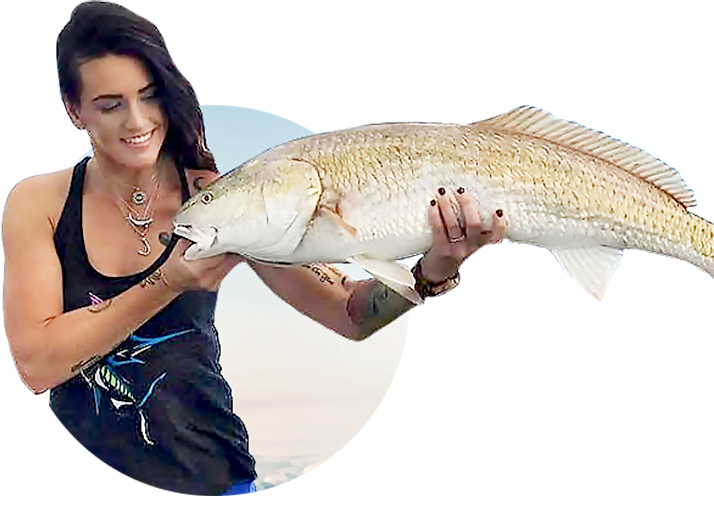

👂
Great video, great strategy. Not always easy to avoid the crowds, or the “perfect spot hoggers”, lol, but the explanation of the way the tides work on the jetty was very helpful. Thank you!
Interesting video. I have fished the Jupiter inlet the same way for Snook. What I find interesting is the movement of the fish during that tidal flow. For instance, they seem to move inside to another ambush point at the end of the inside rocks while still incoming water. On the outgoing tide they can often be found three hours into the tide on the north side Jetty instead of the south side. In the same inlet, nobody will be catching and all of a sudden, they turn on for 30 minutes straight with nonstop action and as quickly as it started…it ends.
I failed to sign in, sorry. Didn’t mean to post anonymously
Thank you. I’m fishing a jetty tomorrow and this helps a lot!
Well done. Thanks for the advice and video!
I hope it helps you break down structure in your area.
Useful concepts, thanks Rich
I hope it helps!
Interesting video, thanks for sharing Rich. I often fish the jetties here on the Texas upper coast and always looking to be more consistent. I knew that the beach side of jetty on an incoming tide and vice versa, but never fully understood why. I just wanted to clarify, does the tide move due north/south or parallel to the coastline? I originally thought the tide came more directly at the shore, so thanks for educating me there.
I’ll be honest, I’m not exactly sure how the tidal flow will change in the Gulf (and I scoured a ton of websites last night). The currents will generally move in the fashion I described (north to south, south to north) however the land does act as structure that it must curve around. In your location it is possible you get more of a “straight in” flow due to the fact that you are essentially facing south when facing the Gulf. I’m just not sure how the flows will work in that area. It doesn’t change the general flow across the globe will be from equator toward pole on incoming and opposite on outgoing though. (note southern hemisphere is reversed due to this fact.) I’m intrigued now and will continue to research this question.
Nice report Rich. Very well done ????
Thanks Thom. Hopefully some people find value in it!